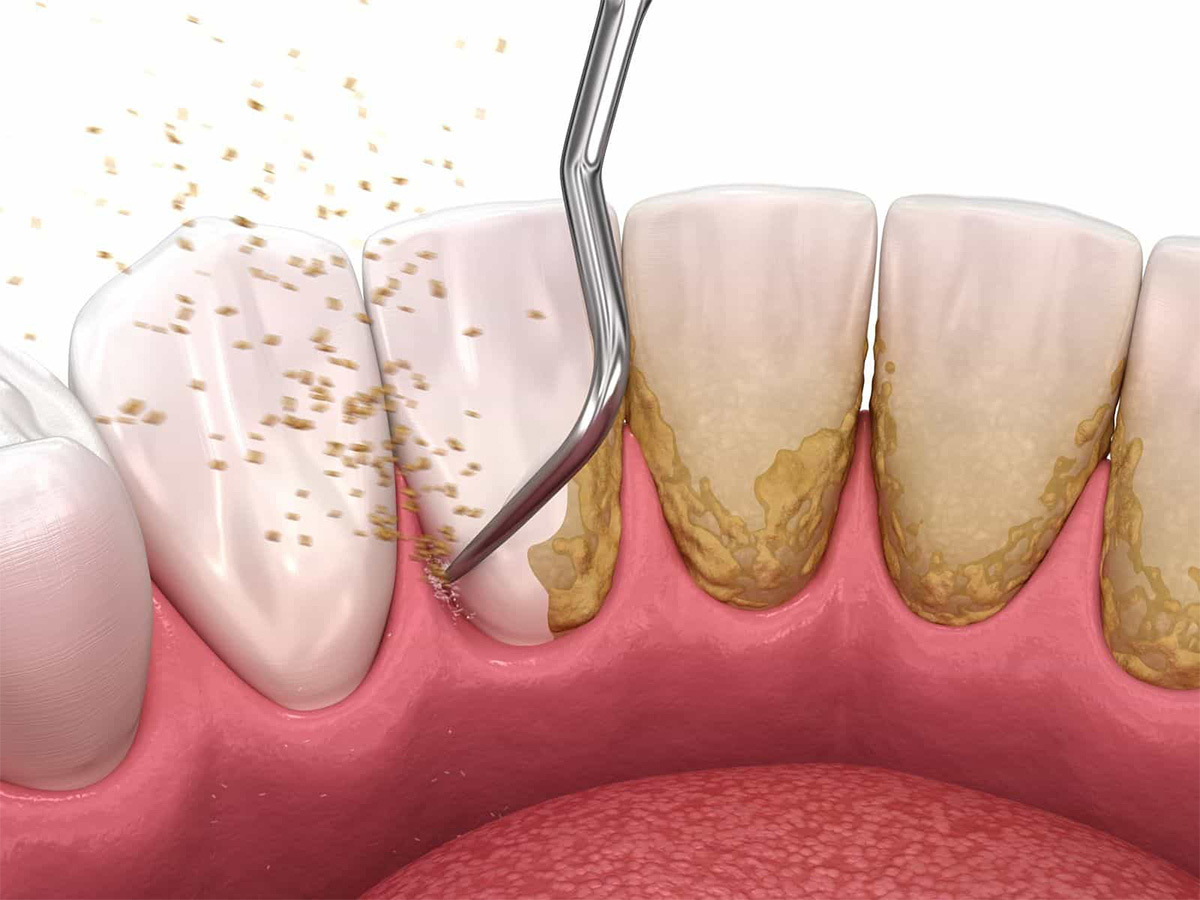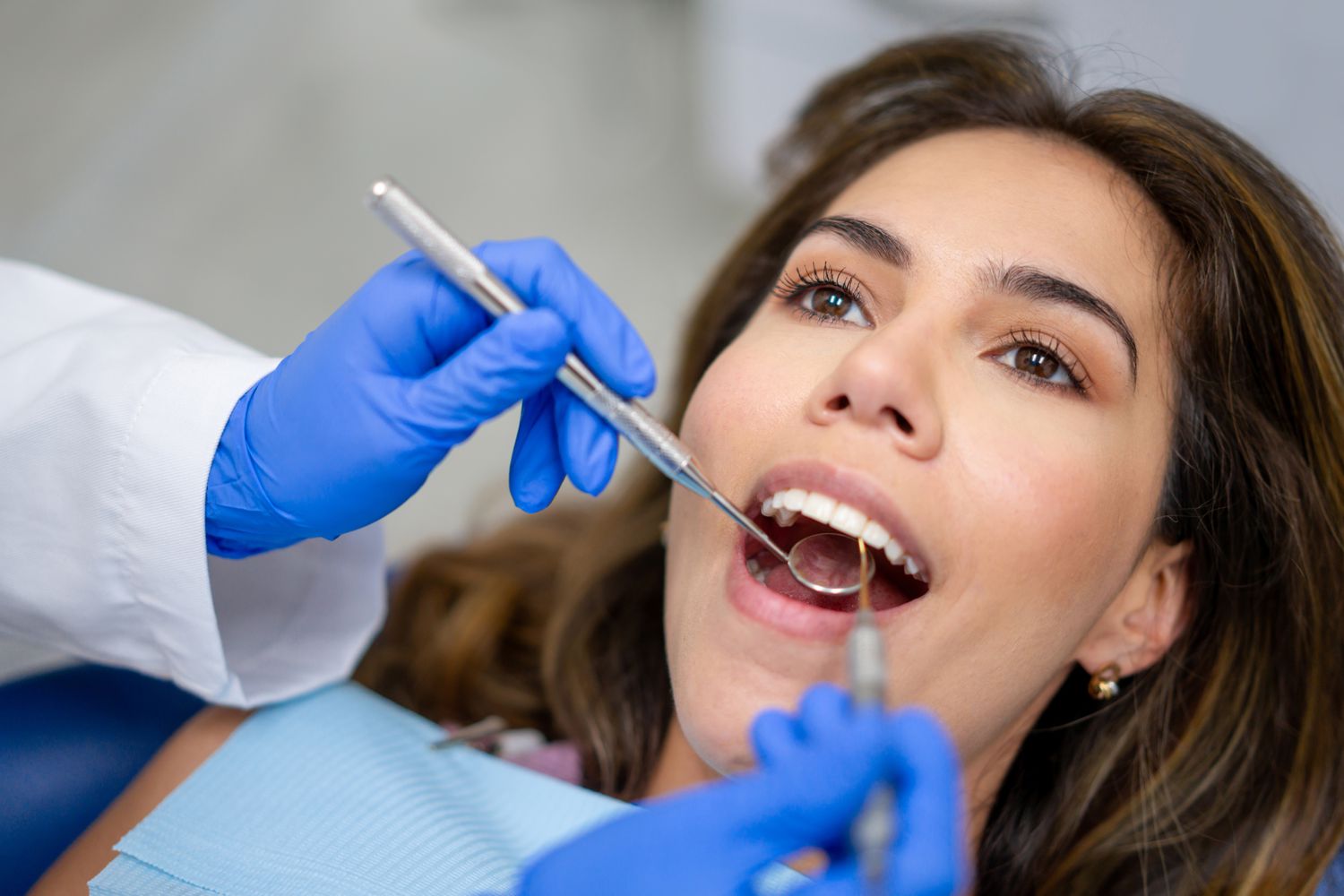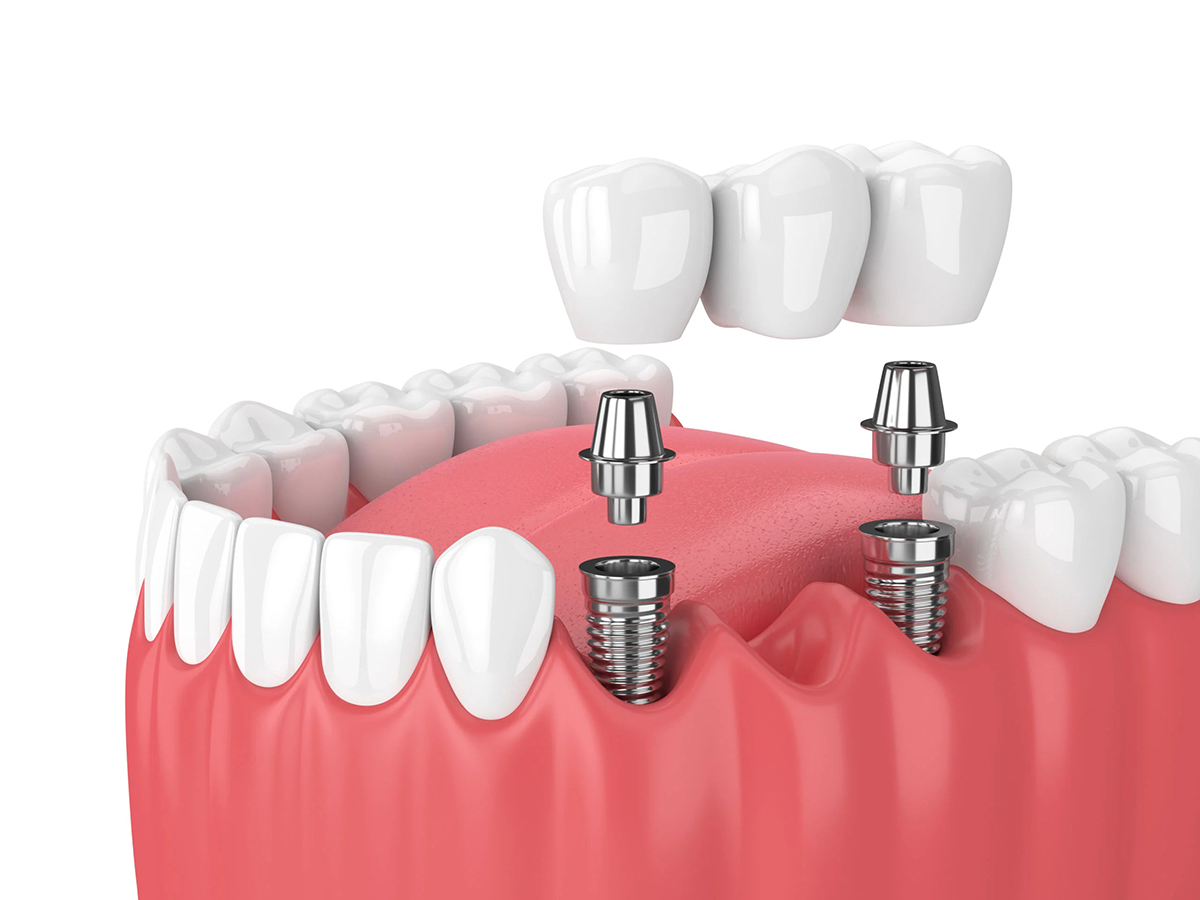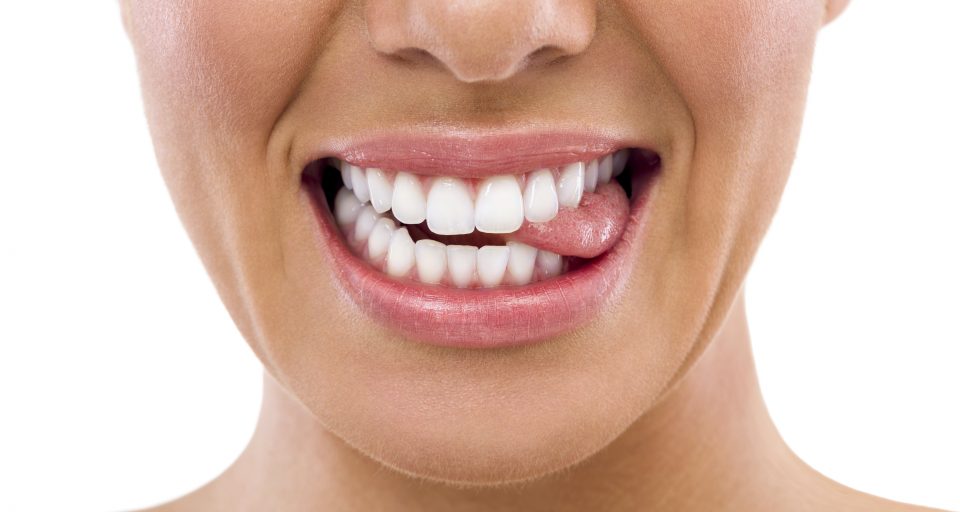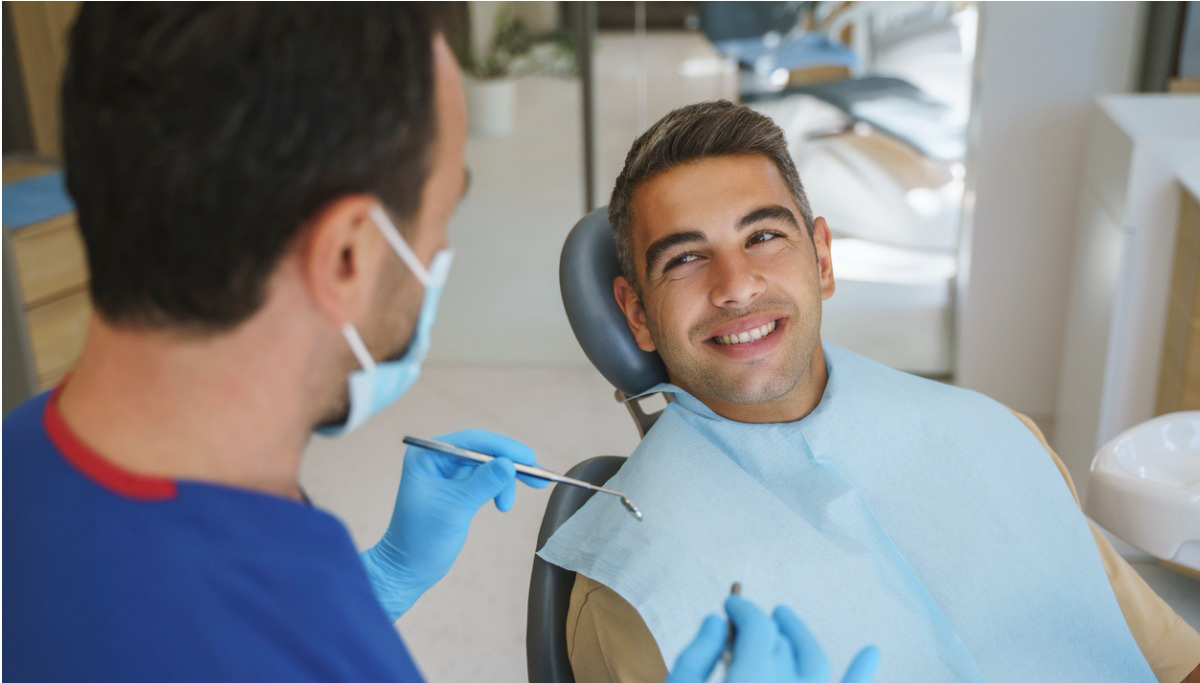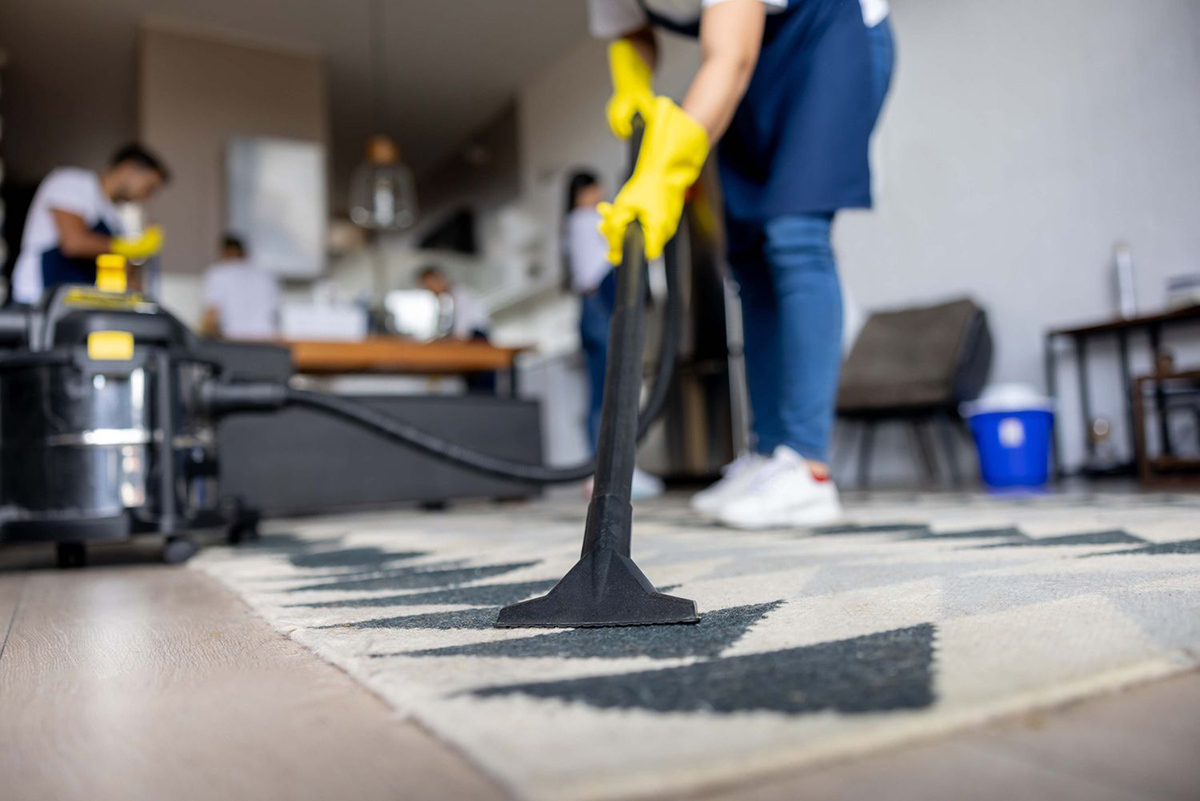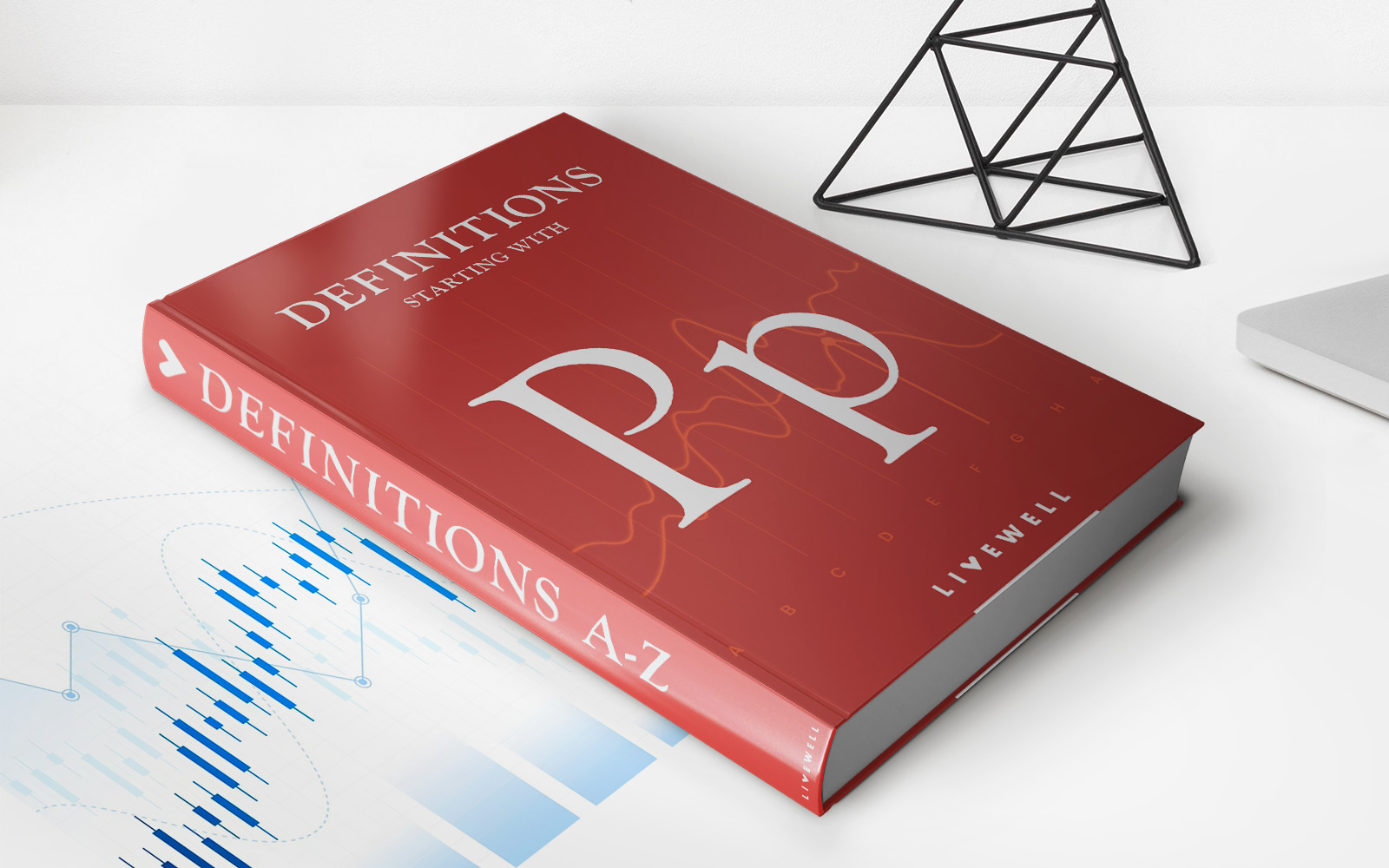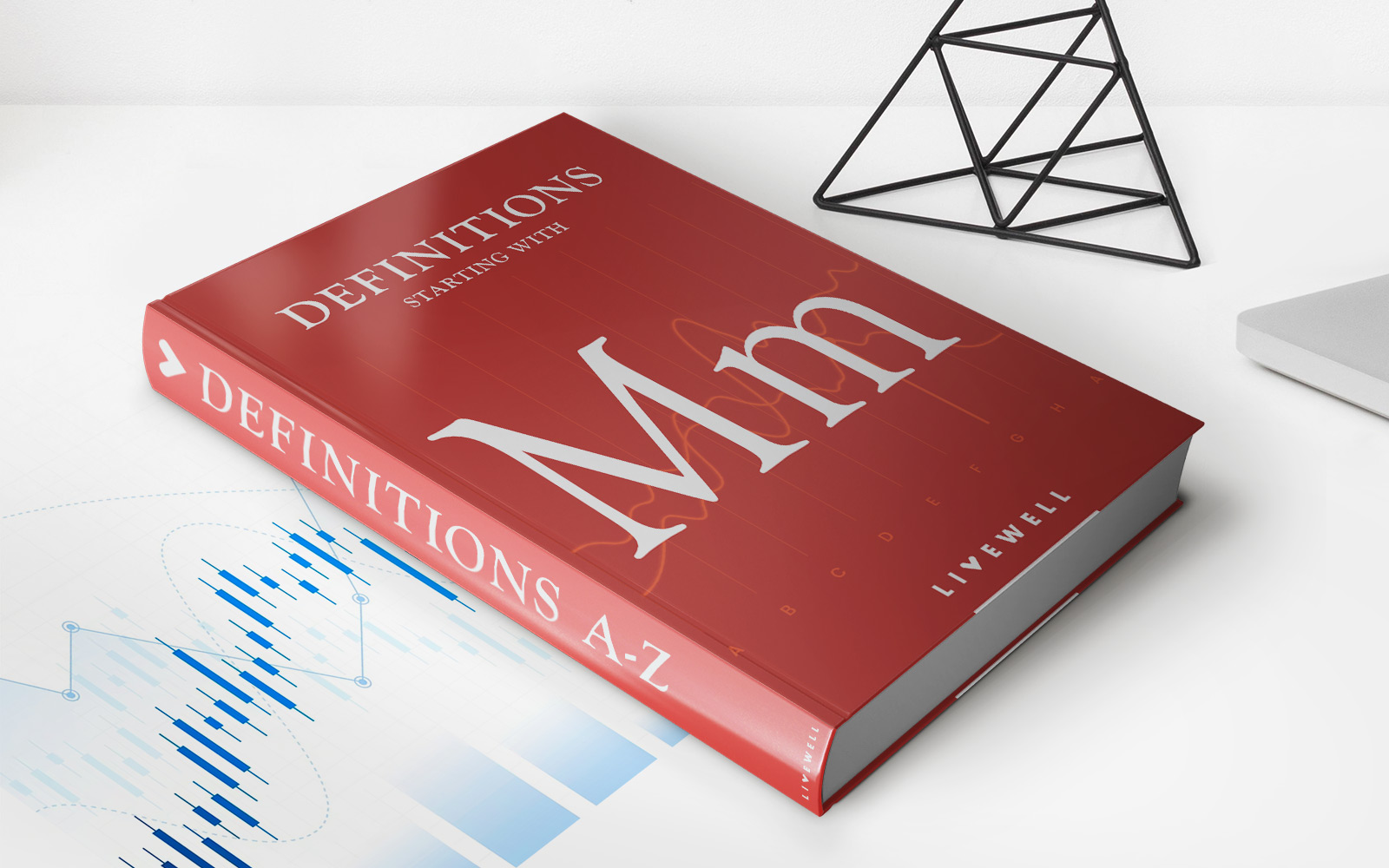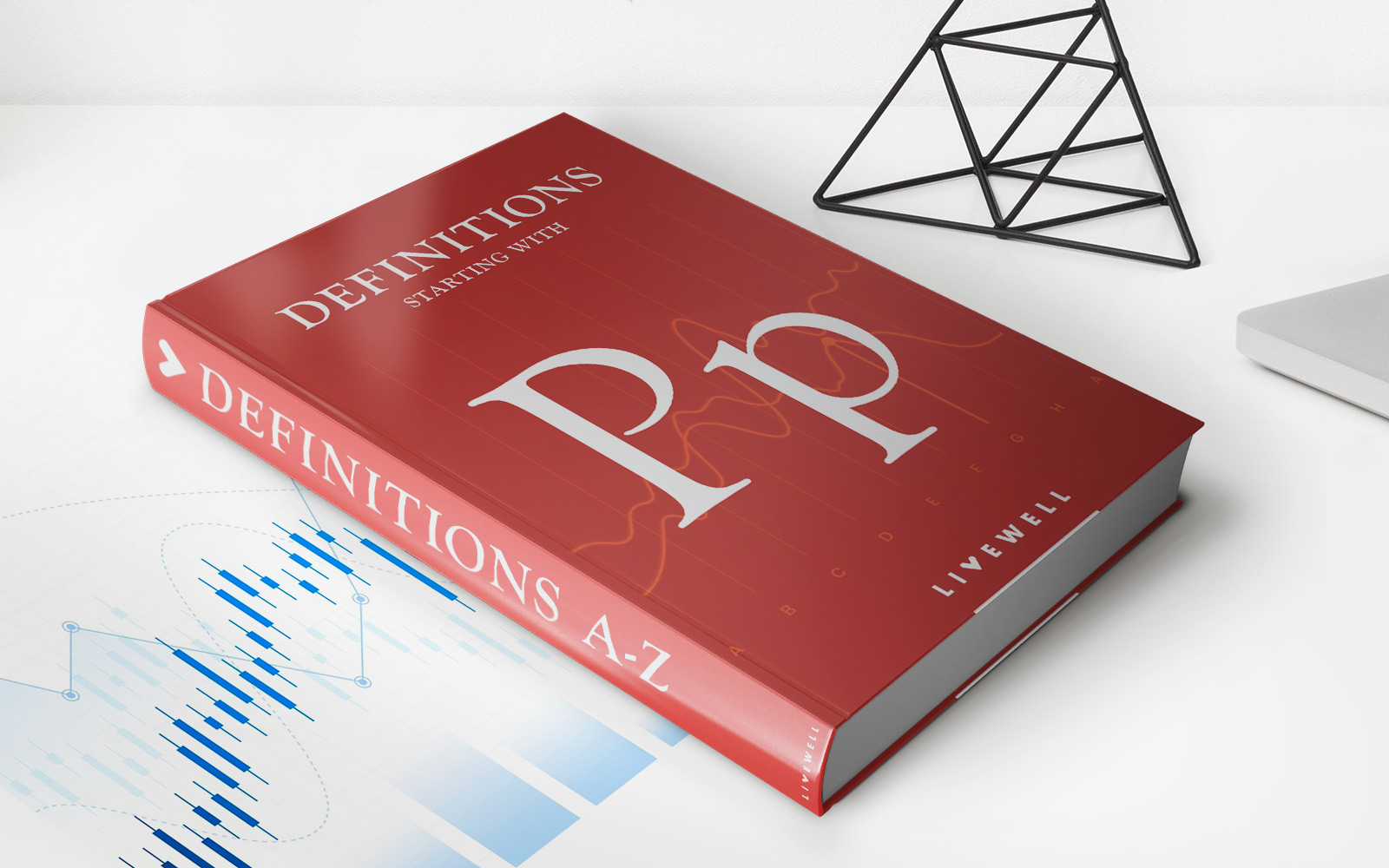Home>Finance>How Much Are Dental Cleanings Without Insurance?
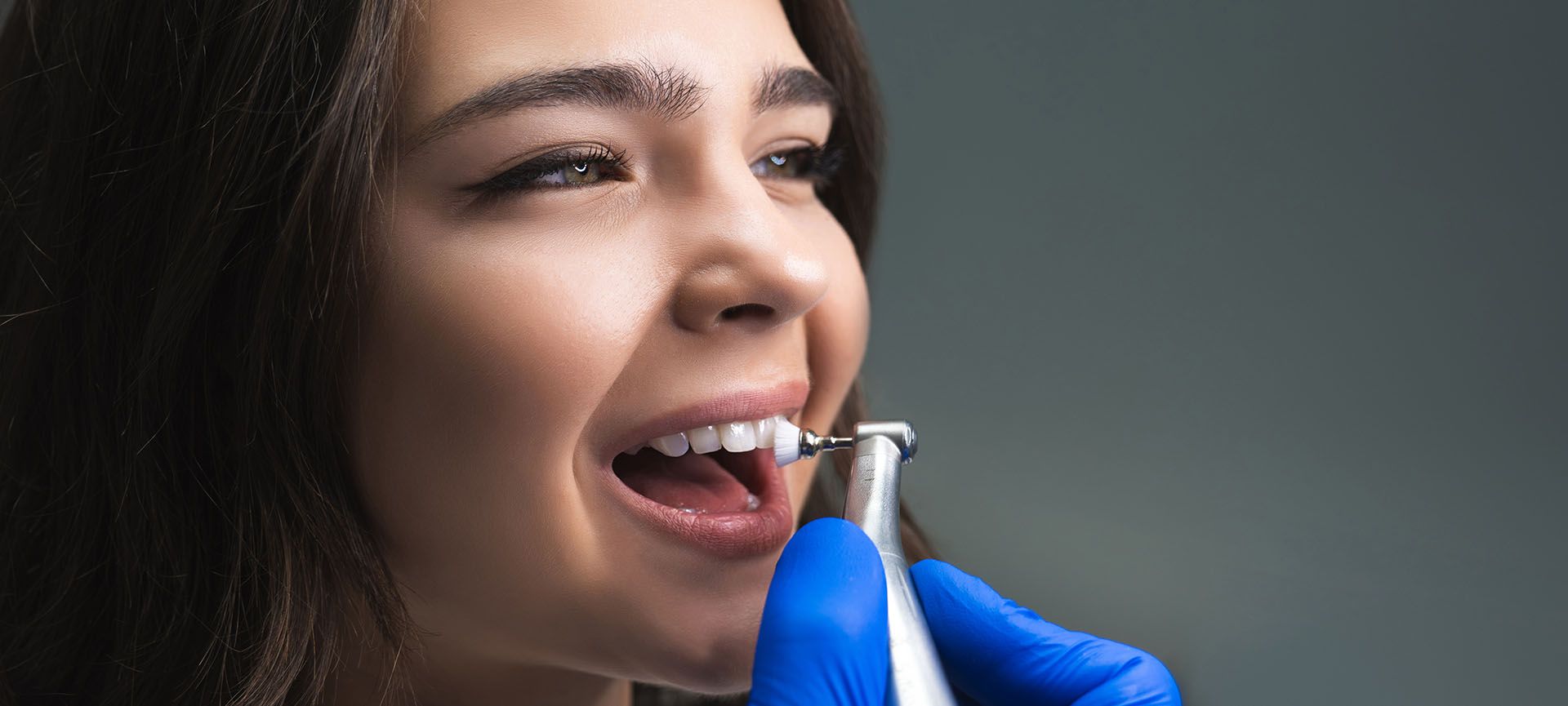

Finance
How Much Are Dental Cleanings Without Insurance?
Modified: February 21, 2024
Find out how much dental cleanings cost without insurance and explore financing options to help make it affordable.
(Many of the links in this article redirect to a specific reviewed product. Your purchase of these products through affiliate links helps to generate commission for LiveWell, at no extra cost. Learn more)
Table of Contents
Introduction
Regular dental cleanings are essential for maintaining good oral health and preventing dental problems, such as cavities and gum disease. However, the cost of these cleanings can be a concern for many individuals, especially those without dental insurance. In this article, we will explore the factors that impact the cost of dental cleanings without insurance, the average costs you can expect to pay, and some affordable alternatives to consider.
When it comes to dental cleanings, it’s important to understand that the cost can vary depending on several factors, including the location, the dental clinic, and the specific treatment required. Without insurance, you may find that the cost of a dental cleaning can be quite expensive. However, there are ways to manage these costs and still receive the necessary care to maintain your oral health.
One of the primary factors that can affect the cost of dental cleanings without insurance is the location. Dental practices in urban areas tend to have higher overhead costs, including rent and employee salaries, which can be reflected in the prices they charge. On the other hand, dental practices in rural areas or smaller towns may have lower operating costs, leading to potentially lower cleaning fees.
Another factor that can impact the cost is the dental clinic itself. Different clinics may have different pricing structures and fee schedules. Some clinics may offer package deals or discounts for regular patients, while others may have higher fees due to their prestige or specialized services. It’s worth exploring different clinics in your area to find one that offers competitive pricing without compromising on quality.
The specific treatment required during the dental cleaning can also affect the cost. In some cases, additional procedures such as X-rays or deep cleanings may be necessary, which can increase the overall expense. It’s important to communicate with your dentist and understand the specific treatments recommended for you so that you can anticipate any additional costs.
Now, let’s take a look at the average cost of dental cleanings without insurance. Keep in mind that these costs can vary widely depending on the factors mentioned earlier. However, having a general idea of the average costs can help you plan and budget for your dental care.
Factors Affecting the Cost of Dental Cleanings Without Insurance
Several factors can influence the cost of dental cleanings when you don’t have insurance coverage. Understanding these factors can help you make informed decisions about your oral health care and budget accordingly.
The first factor to consider is the location of the dental clinic. Dental practices in larger cities or more affluent areas tend to have higher overhead costs, which can be reflected in the price of their services. On the other hand, dental clinics in smaller towns or rural areas may have lower operating costs and hence offer more affordable dental cleanings.
The reputation and expertise of the dental clinic can also impact the cost. Well-established clinics with highly trained and experienced dentists often charge higher fees for their services. While it may be tempting to opt for a cheaper option, it’s important to balance cost with quality to ensure you receive proper dental care.
The complexity of the dental cleaning required is another factor that affects the cost. A standard dental cleaning involves the removal of tartar, plaque, and stains, along with a thorough examination of the teeth and gums. However, if you have significant buildup or signs of gum disease, you may require a more extensive cleaning procedure, known as a deep cleaning or scaling and root planing. This can incur additional costs compared to a routine cleaning.
The presence of dental issues or special circumstances can also impact the cost. If your dentist identifies any oral health problems during the cleaning, such as tooth decay, cavities, or gum disease, you may require additional treatments or procedures. These treatments will increase the overall cost of your dental visit.
Additionally, some dental clinics offer additional services or amenities that can contribute to the overall cost. These may include services such as oral cancer screenings, digital X-rays, or the use of advanced technologies for more precise diagnoses and treatments. While these services may provide added value, they can also come with a higher price tag.
It’s important to note that individual dentists or dental practices may have their own fee schedule and cost structures. Some clinics may offer loyalty programs or discounted rates for regular patients, while others may provide financing options to help make dental care more affordable.
By considering these factors and discussing your options with your dentist, you can make an informed decision about your dental care and choose a cost-effective solution that meets your oral health needs.
Average Cost of Dental Cleanings without Insurance
The cost of dental cleanings without insurance can vary depending on several factors, including the location, the dental clinic, and the specific treatment required. While it’s important to keep in mind that these costs can vary widely, having a general understanding of the average prices can help you plan and budget for your dental care.
On average, a routine dental cleaning without insurance can range from $75 to $200 per visit. This typically includes the removal of plaque and tartar, a thorough examination of the teeth and gums, and a polish to remove surface stains. However, it’s important to note that this is just an estimate, and the actual cost may be higher or lower depending on the factors mentioned earlier.
If you require more extensive cleaning due to heavy tartar buildup or signs of gum disease, you may need a deep cleaning, also known as scaling and root planing. This procedure involves cleaning the roots of the teeth below the gumline to remove plaque and bacteria. The cost of a deep cleaning without insurance can range from $200 to $400 per quadrant. Depending on the severity of your condition, you may require one or more quadrants to be treated.
Keep in mind that these costs may increase if additional procedures or treatments are necessary during your visit. For example, if you require X-rays or if your dentist identifies any dental issues, such as cavities or gum disease, you may need to budget for the cost of those treatments as well.
It’s important to remember that these are just average costs and can vary significantly depending on where you live and the specific dental clinic you visit. Prices in urban areas tend to be higher due to higher overhead costs, while prices in rural areas may be more affordable.
To get an accurate estimate of the cost of your dental cleaning without insurance, it’s best to contact your local dental clinics and inquire about their fees. Many dental practices are transparent about their pricing and can provide you with a breakdown of costs based on your specific needs.
Don’t let the cost of dental cleanings without insurance deter you from seeking the necessary care for your oral health. There are affordable alternatives and resources available that can help make dental care more accessible to everyone.
Affordable Alternatives for Dental Cleanings without Insurance
If you don’t have dental insurance, there are still affordable alternatives available to ensure you can maintain good oral health and receive regular dental cleanings. Here are a few options to consider:
- Dental Discount Plans: Dental discount plans are membership-based programs that offer discounted rates on various dental services, including cleanings. These plans work by providing you with access to a network of participating dentists who have agreed to offer reduced rates to plan members. While you still have to pay for the services you receive, the cost is often significantly lower than the regular fees.
- Community Health Clinics: Community health clinics or dental schools often offer dental services at reduced rates or on a sliding scale based on your income. These facilities provide dental care to underserved populations and are a great option for affordable cleanings. While the services may be performed by dental students under the supervision of experienced faculty, rest assured that you will receive quality care.
- Charitable Organizations: There are charitable organizations and nonprofits that provide free or low-cost dental services to individuals in need. These organizations may offer dental cleanings or host events where volunteer dentists provide free dental care. Look for local initiatives or clinics supported by charitable organizations in your area to find out if you are eligible for assistance.
- Government-funded Programs: Some government-funded programs offer dental care and cleanings to specific populations, such as children, seniors, or individuals with low income. Programs like Medicaid or Children’s Health Insurance Program (CHIP) may cover dental cleanings and other necessary dental treatments. Check your eligibility and explore these options to access affordable or free dental care.
- Preventive Practices at Home: Practicing good oral hygiene at home is key to maintaining oral health and reducing the need for frequent dental cleanings. Brushing your teeth twice a day, flossing daily, and using mouthwash can help remove plaque and prevent tartar buildup. Additionally, eating a balanced diet, limiting sugary and acidic foods, and avoiding tobacco products can contribute to better oral health and minimize the likelihood of dental problems.
It’s important to note that while these alternatives can help make dental cleanings more affordable, they may not cover all of your dental needs. Regular check-ups and cleanings are essential, but other treatments, such as fillings or extractions, may require additional finances. Creating a budget and exploring multiple options can help you manage the costs and prioritize your oral health care.
Remember, prevention is the key to avoiding costly dental procedures in the future. By investing in regular cleanings and practicing good oral hygiene habits, you can maintain a healthy smile without breaking the bank.
Conclusion
Dental cleanings are an important aspect of oral health care, but the cost can be a concern for those without insurance coverage. However, by understanding the factors that impact the cost and exploring affordable alternatives, you can still access necessary dental cleanings without breaking the bank.
Factors such as location, the dental clinic, and the specific treatment required can influence the cost of dental cleanings without insurance. It’s important to research and compare different clinics in your area to find one that offers competitive pricing without compromising on quality.
The average cost of dental cleanings without insurance can range from $75 to $200 for a routine cleaning, and $200 to $400 per quadrant for deep cleanings or scaling and root planing. However, these costs are estimates and can vary depending on various factors.
Affordable alternatives for dental cleanings without insurance include dental discount plans, community health clinics, charitable organizations, government-funded programs, and maintaining preventive practices at home. These options can help make dental care more accessible and minimize the financial burden.
Remember, prioritizing your oral health is crucial for maintaining a healthy smile and preventing dental problems in the future. Regular cleanings, along with proper oral hygiene practices, can save you from more costly treatments down the line.
While it can be challenging to manage the cost of dental cleanings without insurance, it’s important not to neglect your oral health. Explore the options available to you, research affordable alternatives in your area, and prioritize preventive care to ensure you maintain optimal oral health without breaking your budget.
Take the necessary steps to invest in your oral health, as it is an investment in your overall well-being and quality of life.
